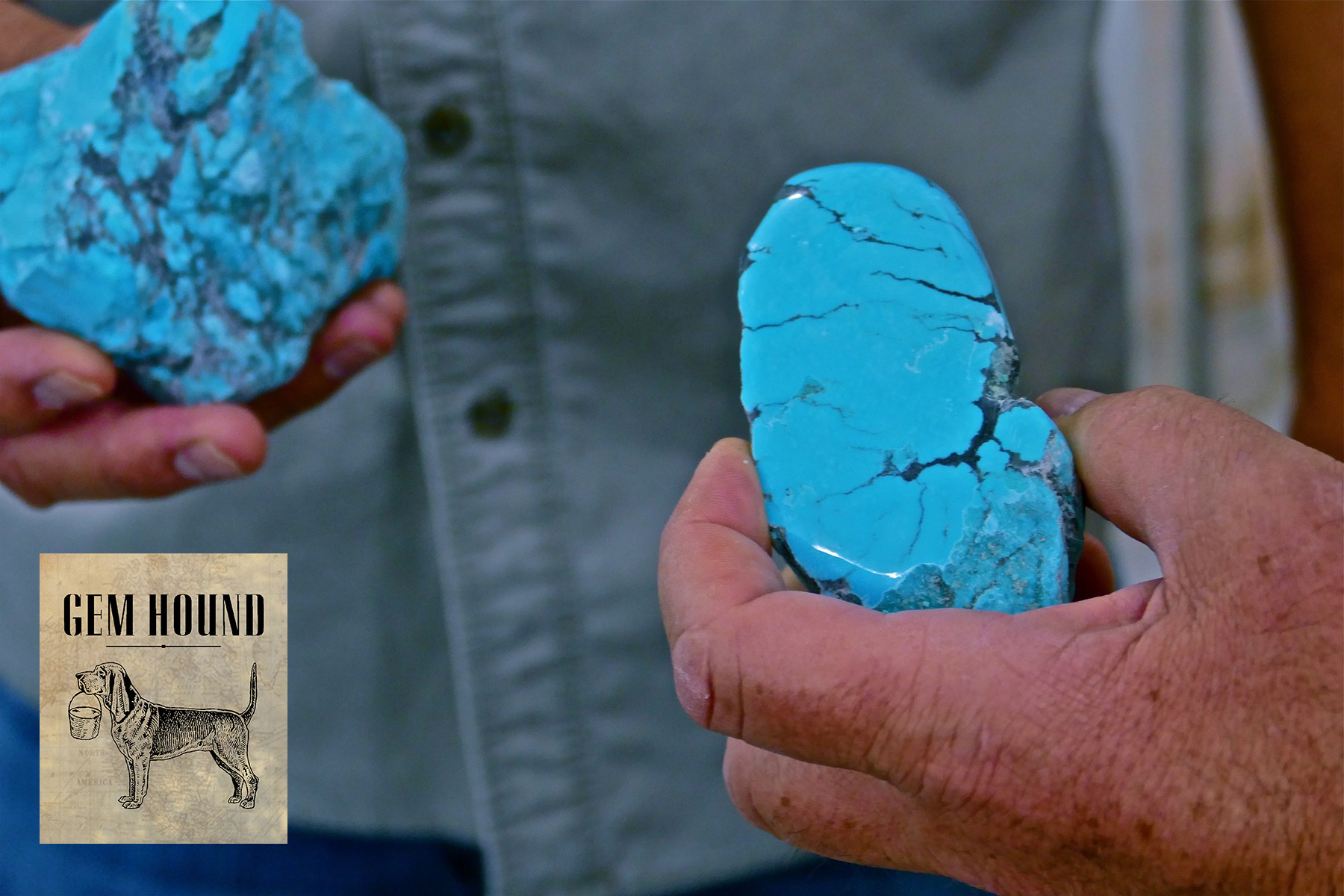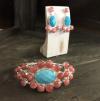The Cerbat Mountains are approximately 14 miles north of Kingman, Arizona and are home to the Mineral Park Mine, which produces the well-known Kingman Turquoise. The Mineral Park Mine also produces Blue Basin, Ceremonial, Mojave, and Hualapai turquoise. There are two other deposits also located within the Cerbats, called Ithaca Peak and Turquoise Mine. Both were known to produce very high quality turquoise during their time.
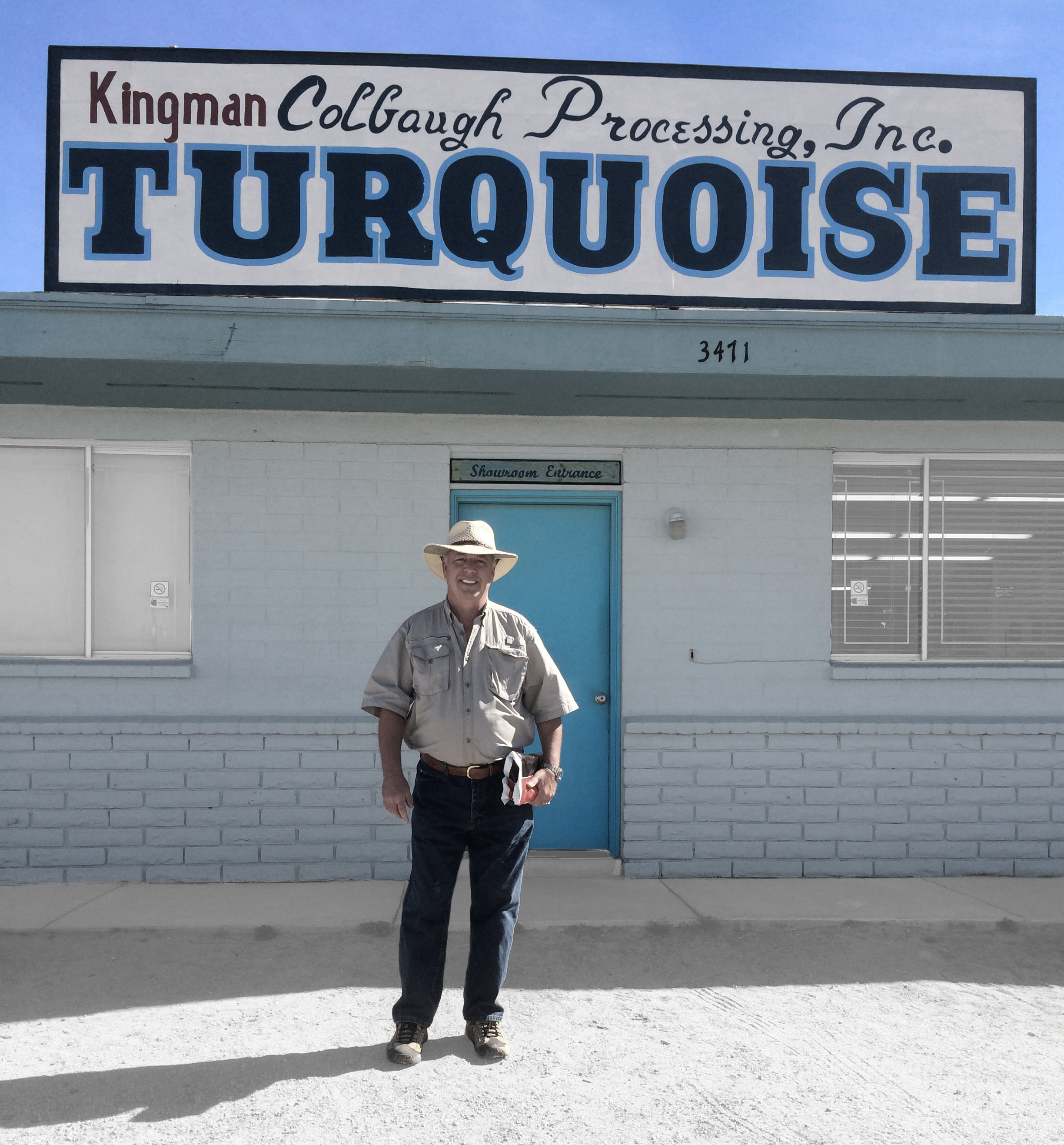
The Hohokam and Navajo Indians were the first to mine turquoise
in the Mineral Park area in the 7th century A.D. Discoveries of
ancient mining tools, water skins and charcoal have been made in the tunnels
and trenches of long ago diggings. It is thought that the rocks were heated,
then quickly cooled with water, which caused fracturing, thus exposing the
turquoise.
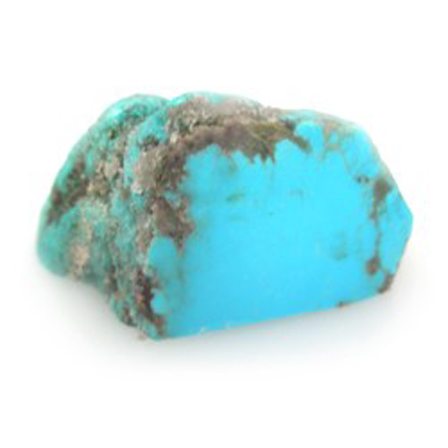 | 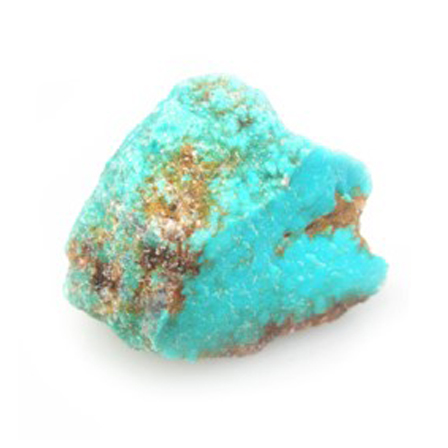 | 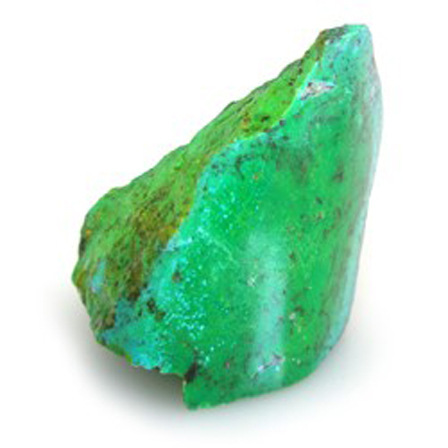 |
Kingman turquoise is found in a variety of blues, but sky blue color remains a favorite, thanks to the presence of copper. A white matrix is commonly found within the turquoise, but also black and reddish-brown, as well. Kingman can be green due to the iron content.
Care should be taken with any turquoise jewelry because it’s considered a soft stone. On the Mohs Hardness scale, it is between 5 and 6, with diamond the hardest at 10 and talc the softest at 1. Like most types of turquoise on the market, Kingman is usually stabilized to provide durability. Not only is the stone hardened, but the stabilization process can also prevent color change in the turquoise. Skin oils, chemicals, lotion and perfume can alter the color of turquoise over time.
Although many of the American turquoise mines have been mined out and closed, the Mineral Park Mine appears to be going strong and should remain viable for many years to come.


